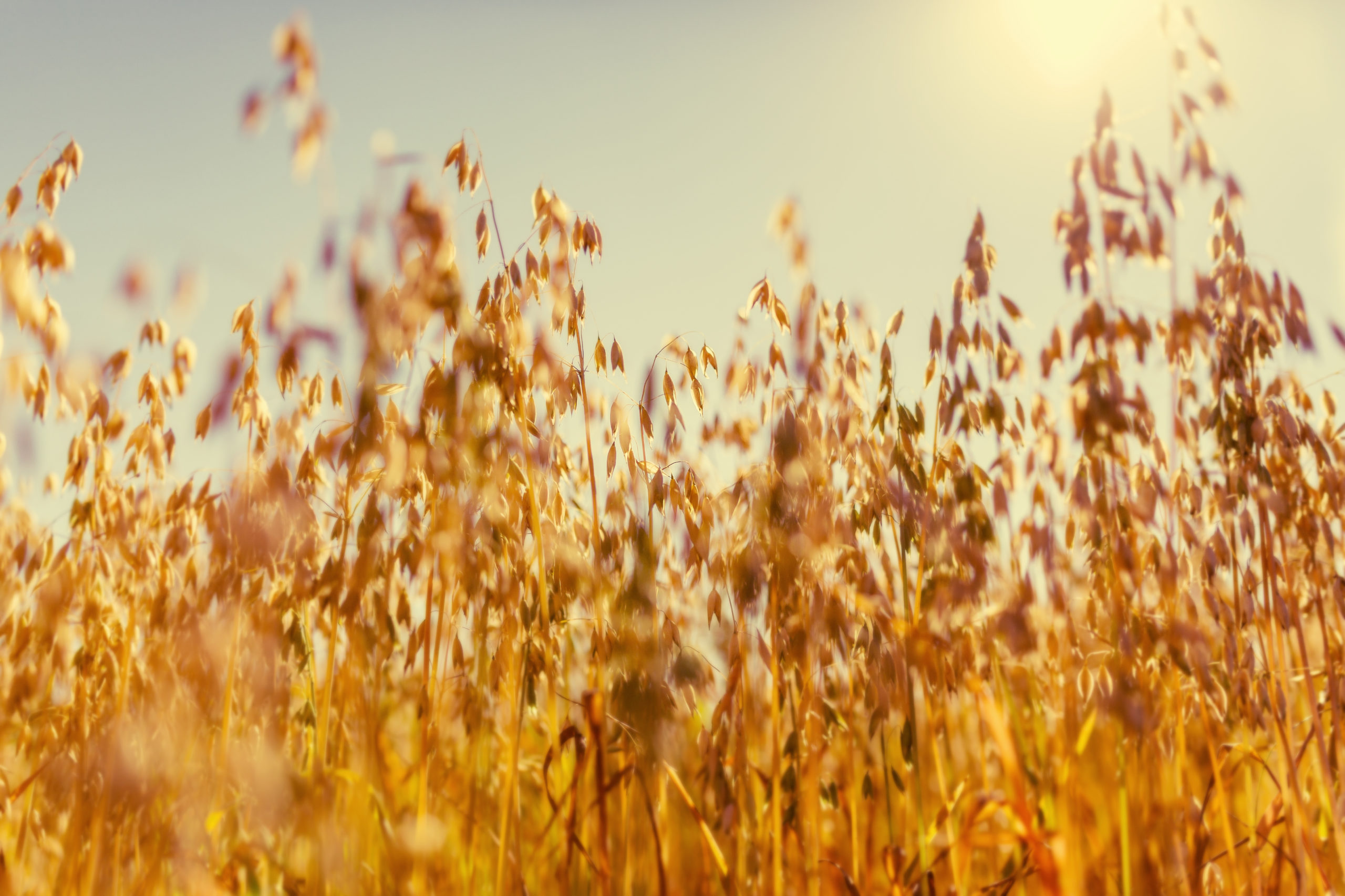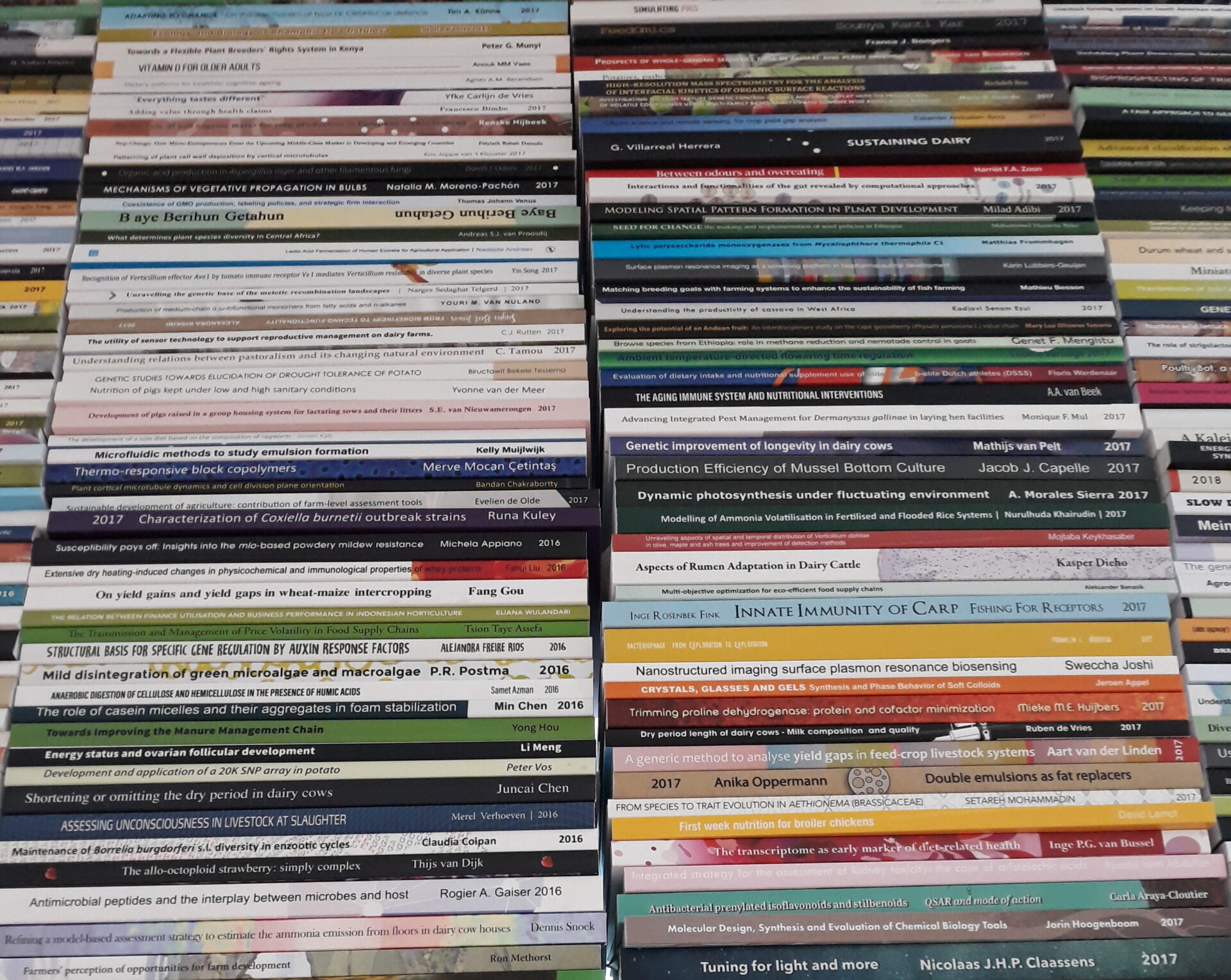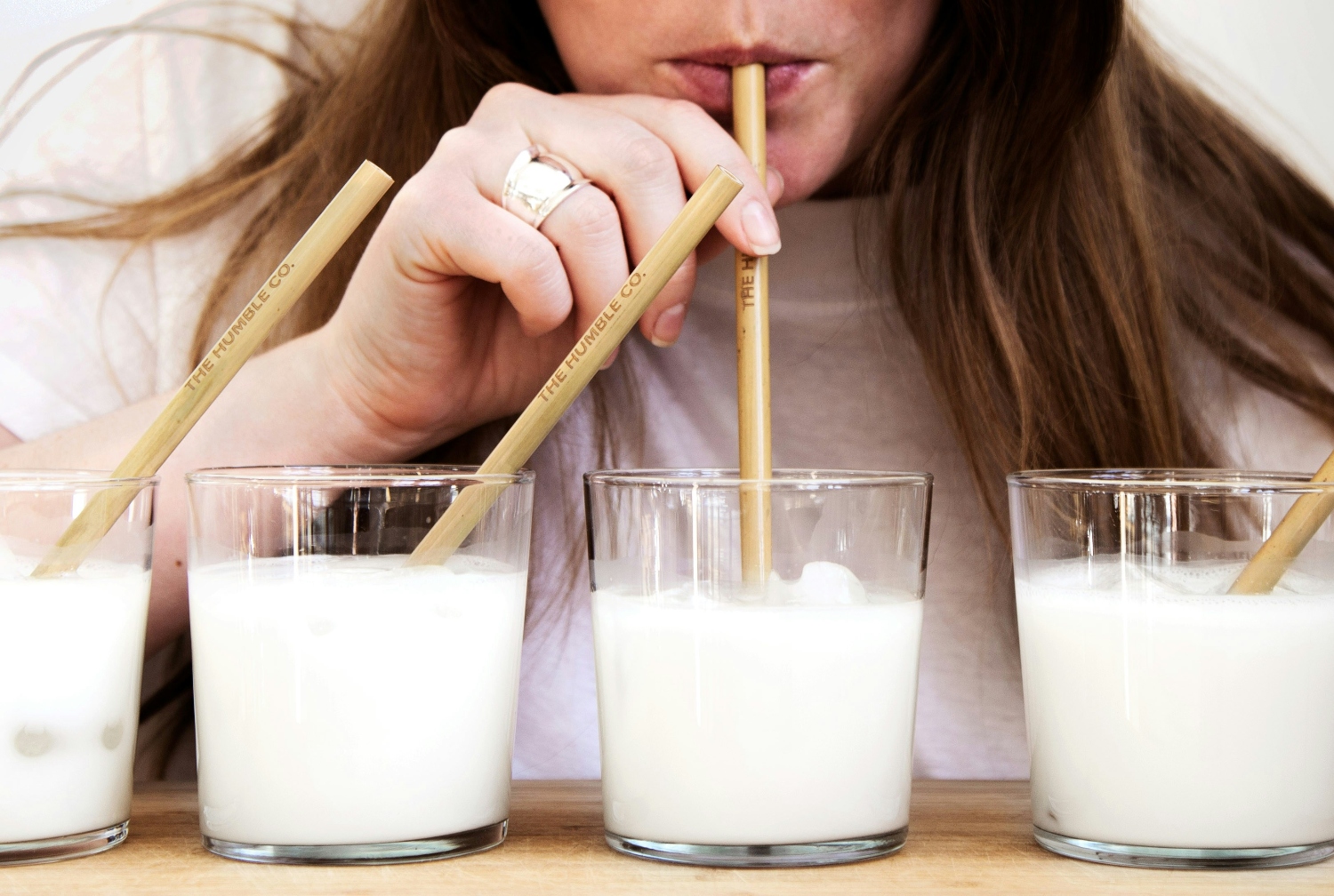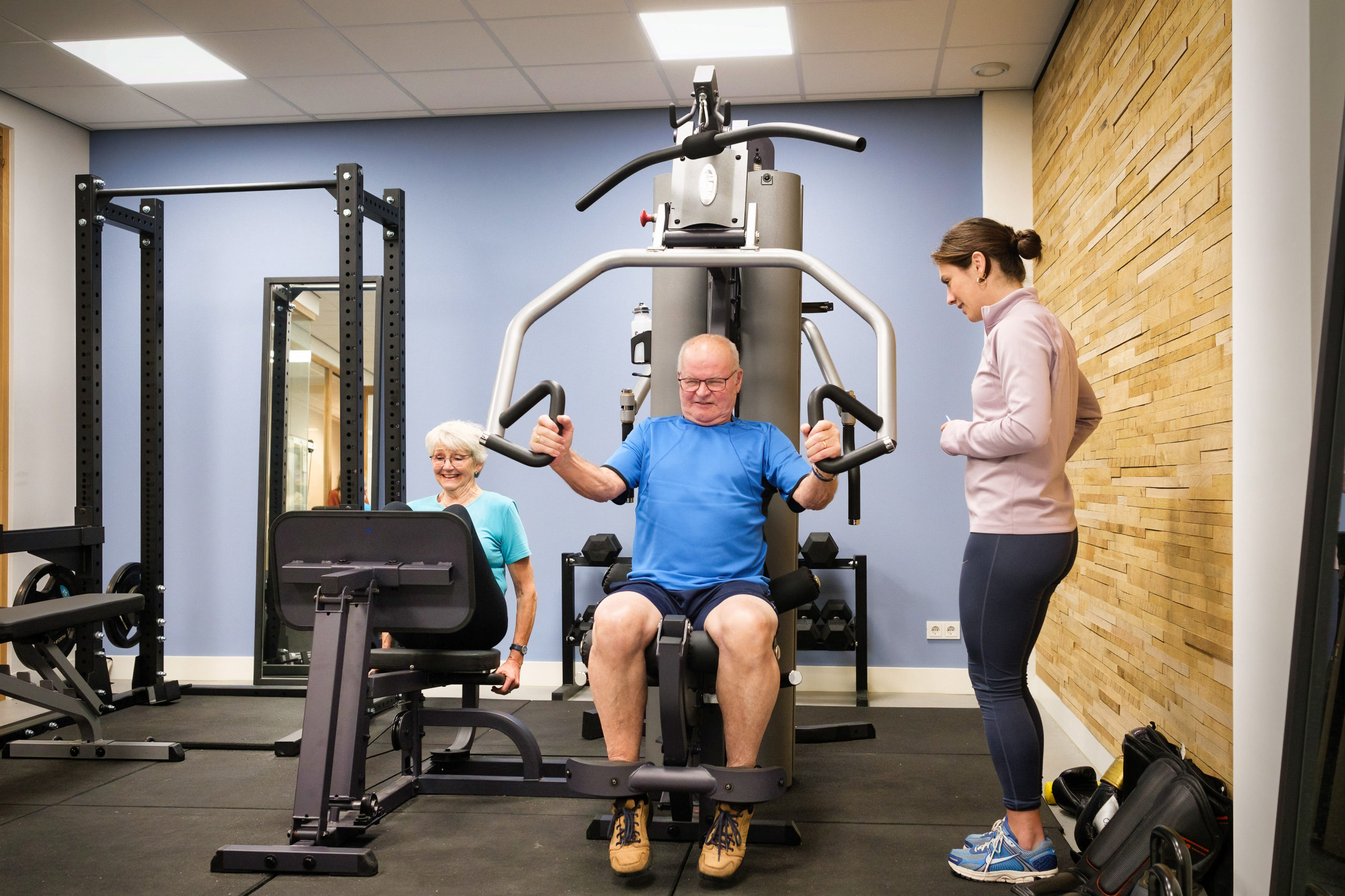Text Rianne Lindhout
Oats are fantastic: incredibly nutritious, cholesterol-lowering and gluten-free. But only a small proportion of the grain is used for oat milk. The rest is used as nourishing animal feed, which some vegans don’t approve of. From 1 July, all coffee vending machines on campus will offer oat milk. But how nutritious and sustainable is the new creamer really? Our reporter Rianne Lindhout investigated the matter.
I started out by buying my first ever pack of oat milk. Since my experience trying soya milk a while back, I had kept well away from plant-based milk substitutes, but this was not bad. The taste was much more neutral than soya milk but still a bit like liquid muesli. It also tasted slightly sweet, even though there is no added sugar.
What is oat milk exactly? René Smulders happens to be attending a conference on oats when I contact him. He is the Plant Breeding business unit manager and also does research into oats. According to him, ‘It’s basically an extract in water. The Dutch Oatly factory in Vlissingen removes the husks first and then grinds the grains. The starch is broken down by enzymes, which are then inactivated at 95 degrees centigrade. The liquid is homogenized, the minerals calcium, iodine and iron are added and the drink is sterilized.’
Heat is required for the sterilization too, so the production of oat milk requires a lot of energy. Even so, it is still much more sustainable than cow’s milk, as is shown in a graph on the Natuur & Milieu website. Oat milk scores much better in terms of CO2 emissions and land and water use. Smulders: ‘In general, cultivating oats doesn’t require much use of pesticides, and oats improve the soil quality in a crop rotation system. The fact that oats are used as animal feed — mainly for horses, young calves and chickens — makes oat milk much more sustainable than cow’s milk.’ When milk is produced via a cow, a lot of the food inputs are lost in the form of greenhouse gases and manure.
Limited nutritional value
How about the health benefits of the oat drink? ‘Oat drink has limited nutritional value because few of the nutrients in the oat grain end up in the milk,’ says Marjolijn Bragt, Nutrition for Optimal Health programme leader at Wageningen Food & Biobased Research. ‘Cow’s milk contains three to four per cent high-quality protein, plus lots of micronutrients such as calcium, vitamin B2, vitamin B12 and iodine. The oat drink contains about one per cent protein, which is also relatively poor quality.’ She does add that some of the micronutrients naturally found in dairy milk are often added to the oat drink. ‘Oat drink and cow’s milk are comparable in the number of calories; oat drink contains slightly less fat and more carbohydrates than dairy milk.’
Bragt recently joined WUR after previously working as a researcher and manager at FrieslandCampina. ‘I would have given these answers even without that background, but I’d like to bring Kasper Hettinga in on the discussion.’ He is an associate professor in Food Quality & Design. He confirms that ‘Milk is a really easy way of getting an awful lot of macronutrients and micronutrients inside you in one go. You can’t really replace that with any single product.’
Bragt: ‘You need to see the differences in nutritional value in the context of someone’s overall eating patterns. If we all stuck more to the Nutrition Centre’s Wheel of Five food groups, it would be a good start for both health and sustainability.’ Swap a glass of juice or soft drink for a glass of water and you are doing a good thing on both fronts. At present, the Dutch get 30 per cent of their daily energy intake from the Wheel of Five food groups, whereas the recommendation is 85 per cent. Hettinga: ‘Our current diet contains more protein than we need.’
Hot potato
There are many nutrients that we eat more of than we need, hence the obesity epidemic, but protein is a hot potato. The nitrogen crisis and the related biodiversity crisis are basically about the production and consumption of animal protein versus plant-based protein. In 2018, the EU published a report on plant proteins and how to promote their consumption. Which means reducing consumption of animal proteins. But the Netherlands – a member state – has not heeded the call yet.
According to the National Institute for Public Health and the Environment (RIVM), the Dutch eat an average of 80 grams of protein a day, whereas the Dutch Health Council says a man weighing 80 kilos needs only 66 grams. We are Europe’s leading dairy consumers, eating 329 grams a day. But the Health Council still recommends the Dutch should keep up their consumption of dairy products. At the same time, it recommends increasing the share of plant protein from 40 to 60 per cent. Huh?
Bragt and Hettinga both say reducing your meat consumption can be a way of following both recommendations. Hettinga: ‘Animal products provide various minerals and vitamins that we can’t get to the same extent from plant-based food products. If you cut your consumption of meat, dairy products become more important in getting those nutrients.’
Sinking calcium
Cow’s milk is also a source of calcium, which is needed for your bones, teeth and muscles. Bragt: ‘In the Netherlands, about 60 per cent of the daily calcium intake comes from dairy products. Our bodies are easily able to absorb the calcium in dairy foods. About half of the oat drinks sold in the Netherlands are enriched with easily absorbable calcium. But you must shake the oat drink pack thoroughly before use as the calcium sinks to the bottom.’ That could be an issue for the Wageningen coffee vending machines. Bragt: ‘You can also get the calcium you need from cereal products and some green vegetables. Although that calcium is less easily absorbed so you need to eat more.’
Bragt also points to research that shows that eating dairy products is associated with a lower risk of bowel cancer while yoghurt is associated with a lower risk of type 2 diabetes. Such health benefits are also known for vegetables and wholemeal products, as well as being associated with cutting meat consumption, she says. ‘I think everyone realizes our diets need to change. The question is only whether we should completely rule out certain food groups. Sometimes it seems as if you have to choose whether you are for or against plant-based products. But you can vary what you eat; it’s mainly about a shift in the balance.’
Just when I am close to finishing this article, I catch an episode of a consumer affairs programme on TV. It is about the 1.5 million calves born each year in the Netherlands, merely because their mothers would otherwise stop producing milk. They are sent to large calf crèches where they are unable to play outdoors and where some 10 per cent die of pneumonia or other infections, in part due to the anaemia that makes their meat paler and therefore more appealing to consumers. After eight months they are turned into veal to be sold abroad.
Oat milk or oat drink?
Marjolijn Bragt, Nutrition for Optimal Health programme leader at Wageningen Food & Biobased Research, points out that you are not legally allowed to refer to the drink as ‘oat milk’ in the Netherlands. She recommends using ‘oat drink’. A quick check with the dairy sector. Spokesperson Stephan Peters of the Dutch Dairy Association says, ‘You can only call it milk if it comes from the mammary gland of a mammal. That is an EU rule and the only exception is coconut milk.’ He doesn’t think Resource risks prosecution though, and he knows vegans persist in using the term. ‘The Food and Consumer Product Safety Authority did intervene though when soya drink packs displayed “This is not MILK”. That is completely misleading.’
Oat milk has taken off
In the Netherlands, oats are the fastest growing and now leading ingredient for plant-based milk substitutes, according to an ABN AMRO report in 2021. ‘The share of oats compared with other plant ingredients, such as soya, almonds or rice, rose from 9 per cent in 2017 to 34 per cent in 2020. As a result, oats overtook soya as the main ingredient for plant-based dairy drinks.’ Total supermarket sales of plant-based dairy drinks are also booming, with an increase of 31 per cent in 2020. As sales of regular milk ‘only’ grew by 7 per cent, the market share of plant-base variants increased from under 11 per cent to 13 per cent in 2020. According to catering platform Entree, the market share of plant-based dairy products in restaurants and coffee bars was as much as 15 per cent in 2021. Plant-based frothy milk — soya or oat milk for coffee drinks — accounted for as much as 27 per cent by volume.
Taxed as soft drinks from 2024
The Dutch cabinet will make oat milk much more expensive from 2024, adding 17 euro cents per litre. At the end of March, the government announced it would be increasing the consumption tax on alcohol-free drinks to 26 cents a litre. It applies to plant-based milk products except for soya drinks with added vitamin B12 and calcium. It doesn’t matter whether sugar was added. An exception has been made for animal-based milk products, including chocolate milk with added sugar.
The government website says: ‘The increase will generate 300 million euros a year. The cabinet also wants people to lead healthier lives, for example by opting for water instead of soft drinks. That is why the cabinet is abolishing the consumption tax on mineral water.’ Nutritional scientists decry the tax rise on plant-based milk, which also goes against WHO advice on how governments can improve public health through pricing policies.
Vegan dilemma: oat drink leads to animal feed
The production of oat drinks results in a residual product. René Smulders, Plant Breeding business unit manager and an oats researcher: ‘That product contains insoluble fibres from cell walls, protein, starch and some fat.’ Which makes for nourishing animal feed. Smulders: ‘Last year, that caused a stir among some vegans. But it’s more sustainable than burning the residue.’ According to Bragt, vegans still need nutritional supplements in addition to extra pulses, nuts and enriched products.
Many scientists believe the ideal diet from the perspective of both health and sustainability is a mix. In 2016, Hannah van Zanten of the Farming Systems Ecology gained a PhD with distinction for her calculation that the world population can eat 21 grams of animal protein a day if the livestock exclusively eat grass and feed from waste streams. The latest calculations on a circular European food system, with large savings in land use and CO2 emissions, will appeared 17 April in Nature Foods. On 12 June, Van Zanten will present the findings at the free symposium the Environmental Impact of Food Systems.

 Photo Shutterstock
Photo Shutterstock 

